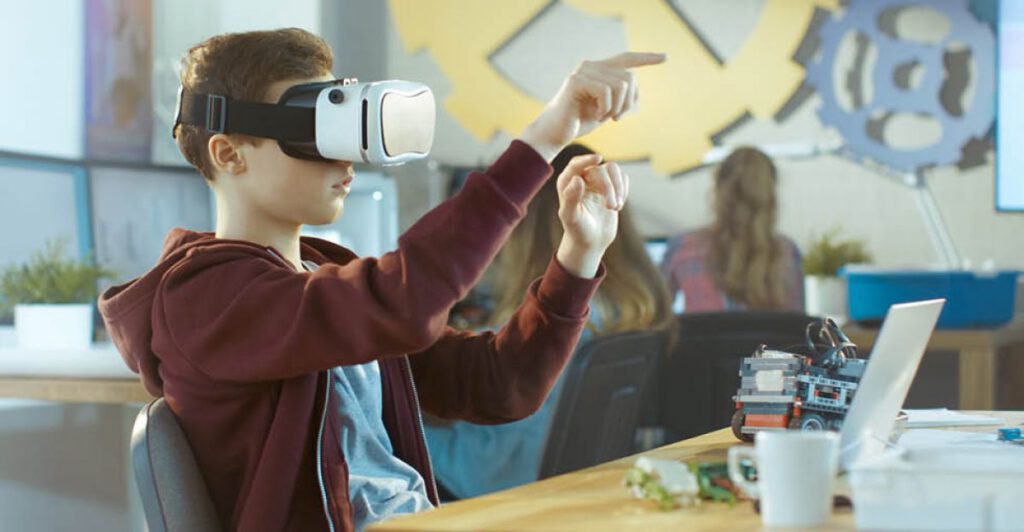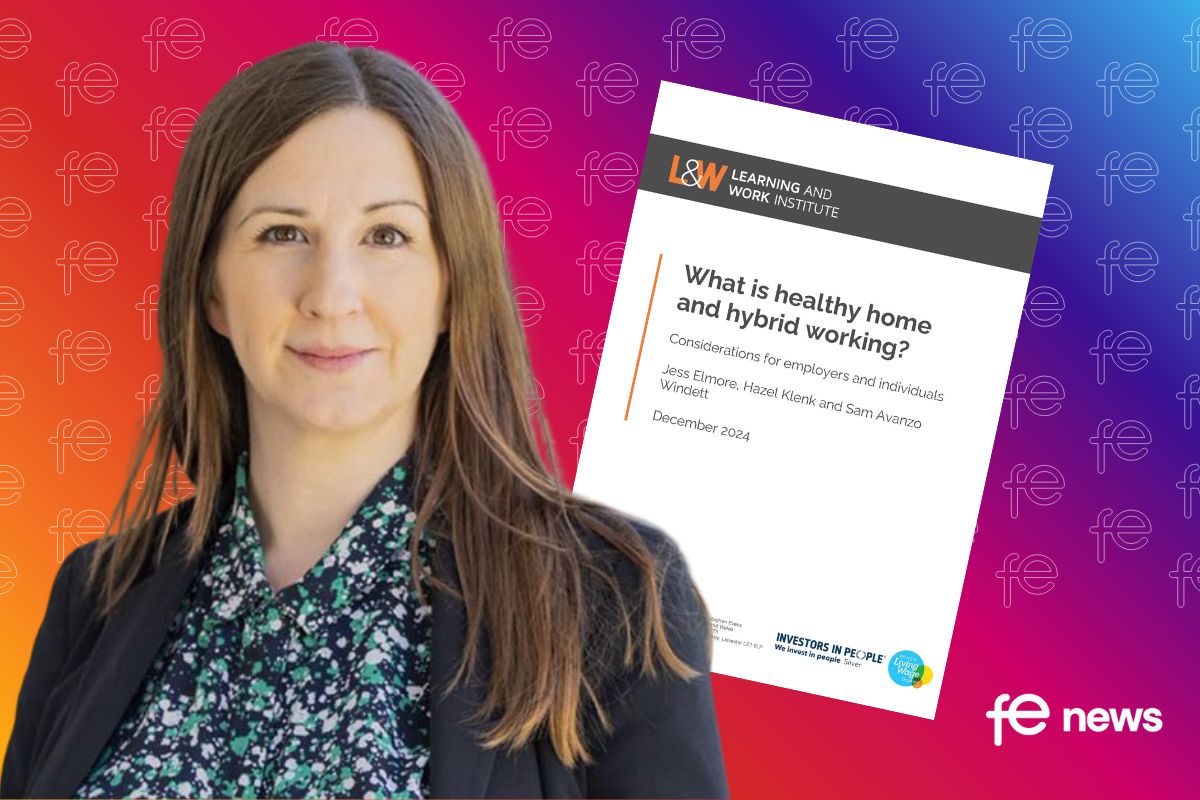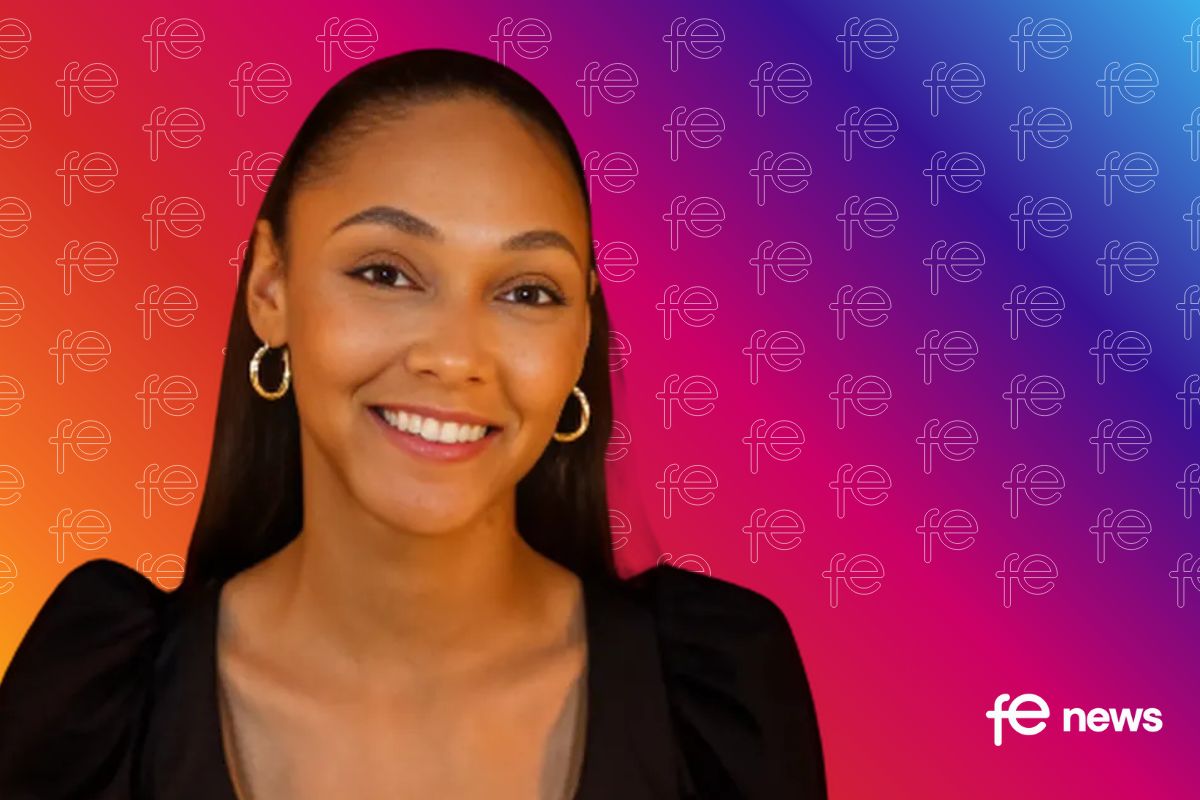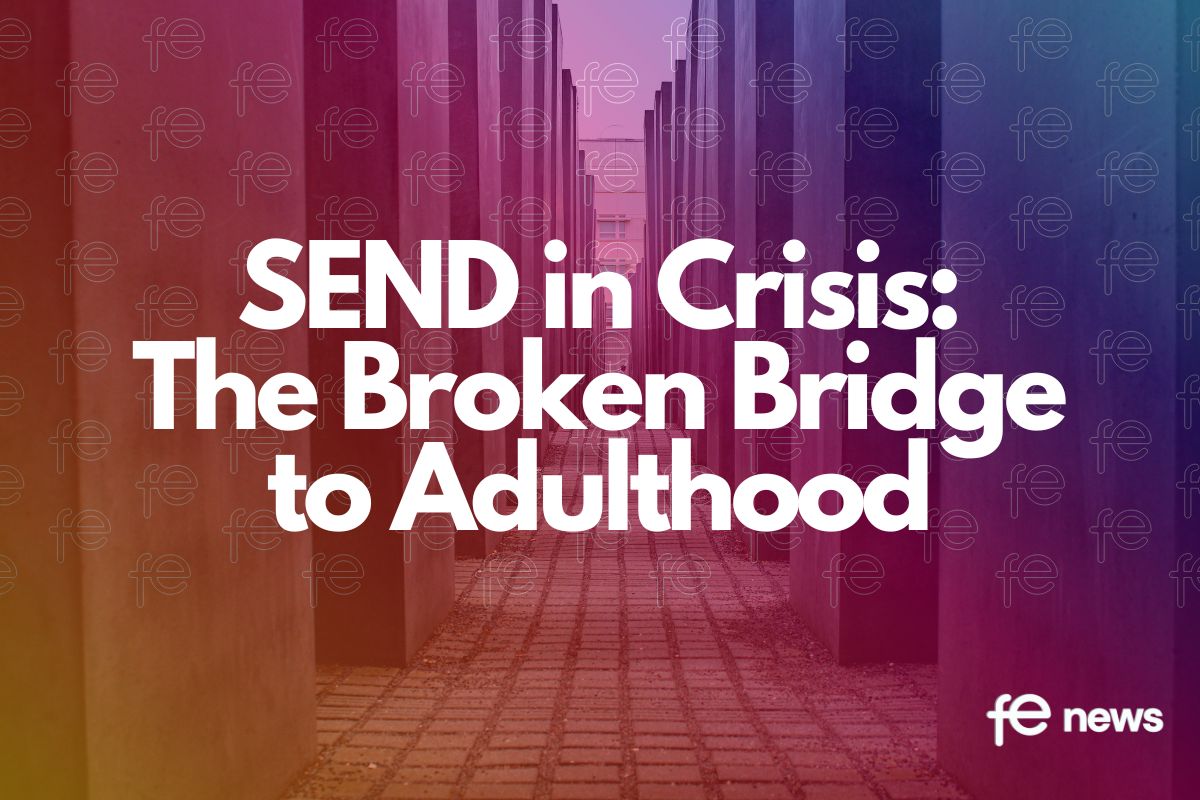Extended Reality XR improves focus & physical activity for distance learners

Has the new normal of technologically packed classrooms turned out to distract students more than it’s helping?
Since distance learning has taken over, more than 8 in 10 parents are struggling to keep their children engaged, but the solution may be to make learning more entertaining as it can block out other classroom distractions. Overall, virtual reality experiences, including augmented and mixed reality, are on the rise – and improving education is one of its many benefits.
Extended Reality (XR) is an umbrella term used to describe the emerging technologies combined to create highly value-added experiences. Most commonly, XR technologies are developed from VR and AR algorithms to create more “unreal” experiences. In fact, XR technologies are specficially effective in helping skills and competency-based teaching and learning, according to a new report from EDUCAUSE.
Mostly, extended reality allows students to learn in never-seen-before ways. For example, kindergarten students learning about astronomy can actually “go” to space, or high school students learning about anotomy can go inside the human body, or even perform surgical operations. Of course students are actually going to outer space or performing surgeries, but with basic virtual reality simulations, they can be taken to life mirroring situations exceeding the limits of classrooms.
Extended reality also helps students stay fit. COVID-19 has us inside more than ever, and the WHO recommends daily physical activity during the pandemic not only to keep us physically healthy, but to also keep us mentally strong. Today, many prefer to take part in activities and high tech amenities in their home, so XR acts as a great resource. For example, XR technology can be used in gym class to boost physical activity, or in health class in a similar manner.
Another example of Extended Reality in the classroom would be 9th grade biology. By engaged in a simulated reality, students can dissect frogs virtually rather than lively. In history courses, students can travel back in time to get a greater feel of what society was like during prehistoric times, such as the Paleoarchean, Mesoproterozoic, and Hadean eras. In fact, students could see what life was like during Medieval times, or go to war sites.
Extended reality (XR) includes all immersive technologies, including augmented reality (AR), mixed reality (MR), and virtual reality (VR). On top of helping students improve their soft skills, students and teachers also enjoy using XR EdTech more than traditional lectures. Is XR what students need to push through distance learning?











Responses